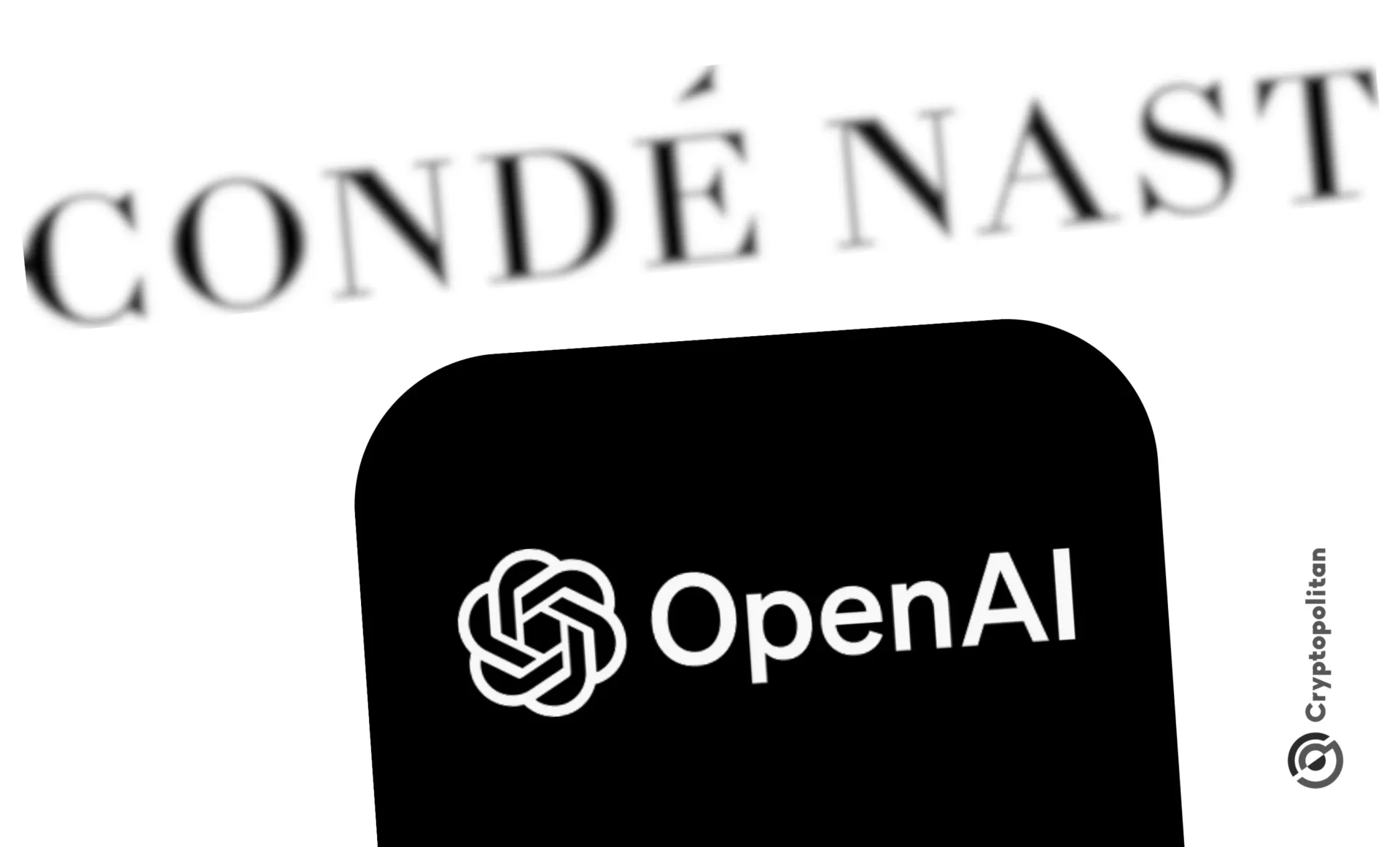Researchers have developed an artificial intelligence (AI) method that can detect subtle molecular patterns indicating biological signals, even in ancient samples. The system boasts a 90% accuracy rate and holds the potential to be used in robotic space explorers, including lunar and Martian landers, as well as spacecraft orbiting potentially habitable worlds.
Scientists have made significant strides in the quest to detect signs of life on other planets. A groundbreaking AI-driven method has been developed, offering the potential to revolutionize our ability to identify the presence of life beyond Earth. This innovative approach leverages artificial intelligence to spot minute differences in molecular patterns that could indicate biological processes, even in ancient samples.
Spacecraft exploring distant worlds have long been equipped with sensors designed to detect molecules that might suggest the presence of extraterrestrial life. However, the degradation of organic molecules over time has posed a significant challenge to current detection technology. In light of this limitation, the newly developed AI method presents an exciting breakthrough, achieving an impressive 90% accuracy rate in identifying potential signs of life.
This cutting-edge AI system has the potential to be integrated into smarter sensors on robotic space explorers, including lunar and Martian landers, and even spacecraft orbiting celestial bodies such as Enceladus and Europa, which are considered to be potentially habitable. The implications of this advancement are far-reaching, as it could significantly enhance our ability to search for life beyond our planet.
Understanding the “chemical rules of life”
The foundation of this AI-powered method is the concept that the chemistry of life fundamentally differs from that of inanimate matter. Researchers believe that there are distinct “chemical rules of life” that govern the diversity and distribution of biomolecules. By deciphering these rules, scientists can guide their efforts to model the origins of life and detect subtle signs of life on other worlds.
The key premise behind this approach is that the chemical processes governing the formation and functioning of biomolecules are fundamentally different from those of non-living molecules. Biomolecules, such as amino acids, retain information about the processes that created them. This principle is expected to hold true for alien life forms as well.
AI’s ability to identify distinctive molecular patterns
The AI system was initially trained using a dataset consisting of 134 samples, including 59 from living organisms and 75 from non-living sources. To validate its accuracy, the dataset was randomly divided into training and test sets. Remarkably, the AI method successfully distinguished biotic samples, including shells, teeth, bones, rice, and human hair, as well as ancient life preserved in fossilized fragments like coal, oil, and amber.
The AI tool also effectively identified abiotic samples, such as amino acids created in a laboratory setting and carbon-rich meteorites. This comprehensive capability to differentiate between living and non-living molecules demonstrates the immense potential of AI in astrobiology and space exploration.
One immediate application of this groundbreaking AI method is its use in the study of 3.5 billion-year-old rocks in Western Australia’s Pilbara region. These rocks are believed to house some of the world’s oldest fossils, initially thought to be remnants of microbes similar to cyanobacteria, which played a crucial role in producing oxygen on Earth.
The presence of bacteria in Earth’s history at such an early stage would indicate a planet hospitable to life far earlier than previously assumed. However, these findings have sparked controversy, with some researchers suggesting that the evidence may be attributed to geological processes rather than ancient life. The integration of AI technology could potentially provide definitive answers to these longstanding questions.
AI paves the way for new horizons in astrobiology
The development of this AI-driven method is a significant leap forward in our ongoing search for signs of extraterrestrial life. With its impressive accuracy in distinguishing between biotic and abiotic samples, this technology has the potential to reshape the way we explore and understand the universe.
As scientists continue to unlock the mysteries of Earth’s ancient past and embark on missions to distant worlds, AI-powered sensors and detectors could become invaluable tools in our quest to uncover the secrets of the cosmos. The future of astrobiology and space exploration appears brighter than ever, thanks to the power of artificial intelligence.





